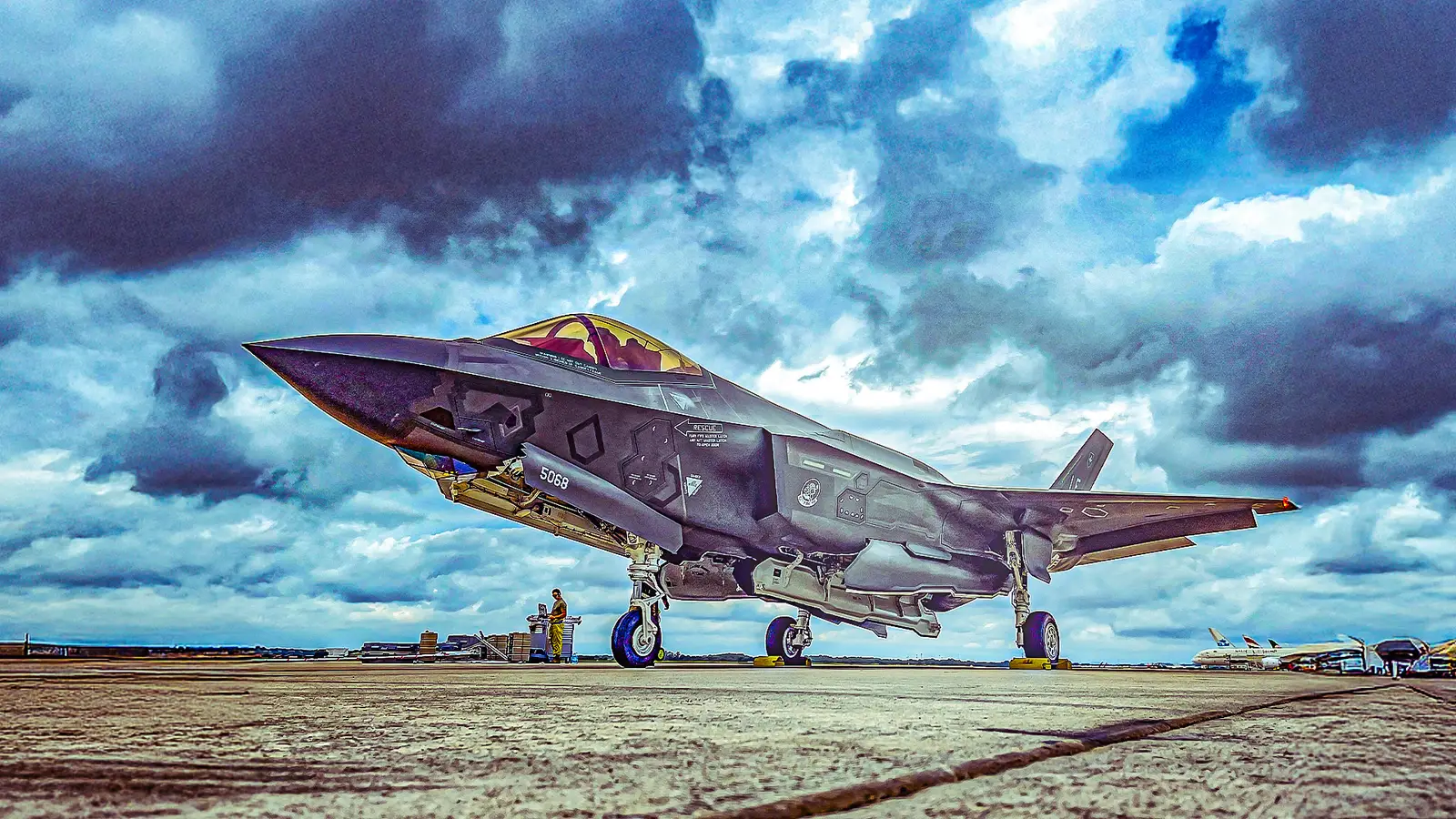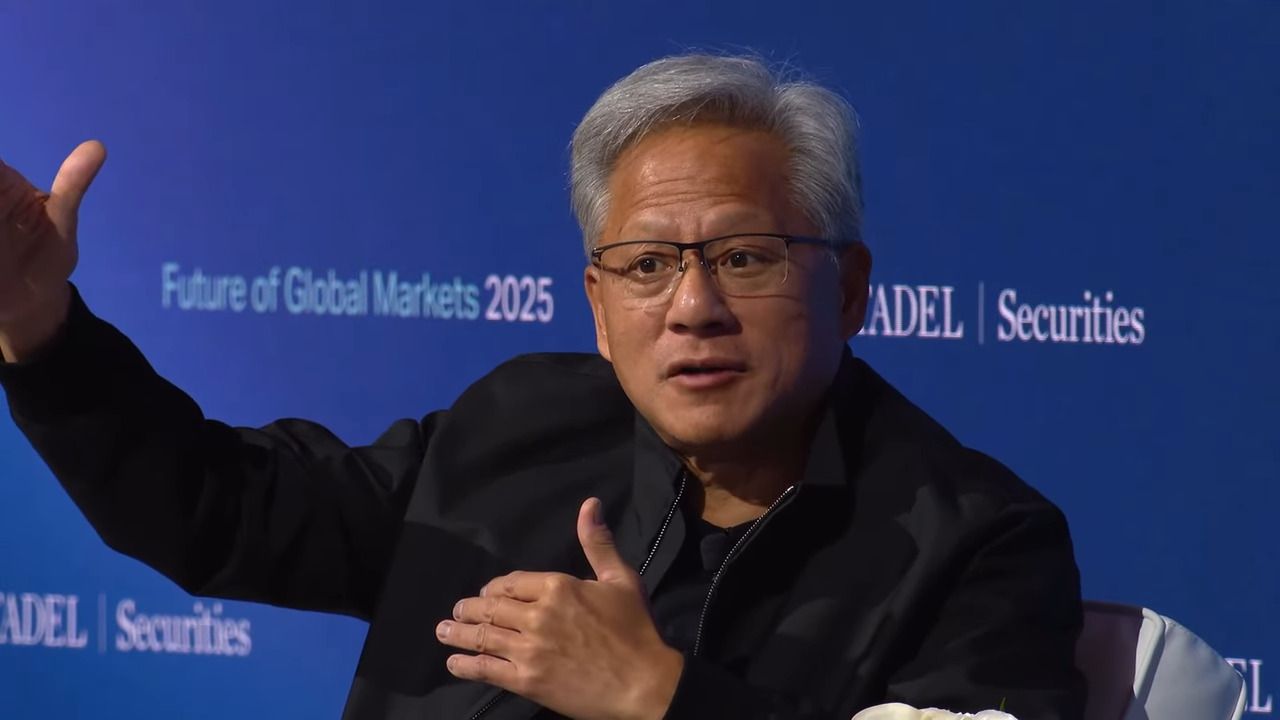Copyright Simple Flying

The Lockheed Martin F-35 Lightning II was meant to be the jet that redefined modern air combat: fast, stealthy, and networked, capable of replacing several legacy fighters at once. Yet more than twenty years after its first flight, the F-35 remains a paradox. It dominates Western inventories but still struggles with cost, readiness, and upgrade timelines. Meanwhile, the world has moved toward sixth-generation programs and unmanned combat air vehicles (UCAVs). So the question arises: Did the United States spend too much time developing the F-35 and, as a result, lose the race toward the future? In this article, we will explore the trade-off between ambition and adaptation. We will analyze how the F-35’s long gestation shaped global fighter timelines, how emerging drones and rival fighters challenge its dominance, and whether the program’s delays were an inevitable price for pioneering stealth networking on a massive scale. The goal isn’t to criticize or celebrate, but to assess what the F-35’s timeline means for US airpower in a rapidly evolving world. Did America’s F-35 Program Take Too Long Or Pay Off In The End? As a matter of fact, the F-35 program consumed extraordinary time, funding, and political capital, but whether that “lost” time represents a strategic failure or a necessary investment depends entirely on perspective. To ensure dominance in allied airpower, the United States built a sophisticated network around the jet, involving industrial, tactical, and diplomatic spheres. Yet, that same ambition slowed progress. The F-35’s long development timeline left room for rivals to evolve quickly. China’s Chengdu J-20 Mighty Dragon advanced from its first flight in 2011 to operational service within roughly a decade, while Russia’s Sukhoi Su-57 Felon entered limited deployment in 2020. At the same time, a new generation of unmanned stealth aircraft, such as the Boeing MQ-28 Ghost Bat, Russia’ s S-70 Okhotnik-B, and China’s CH-7 Rainbow, began to redefine what “air superiority” even means. Europe’s GCAP and FCAS programs are following that trajectory, building sixth-generation concepts around manned-unmanned teaming from day one. The F-35’s first flight occurred on December 15, 2006, or October 24, 2000, if one counts its X-35 prototype, which won the Joint Strike Fighter competition. Nearly two decades later, the aircraft continues to evolve. Its Block 4 modernization package, promising improved sensors, computing power, and weapons, remains under development, with full rollout now expected around 2029. Meanwhile, the much-anticipated Adaptive Engine Transition Program (AETP), which aimed to introduce a more efficient, higher-thrust variable-cycle engine, was canceled in 2024 over spiraling costs and integration concerns. By contrast, China’s J-20 program has shown steady refinement of indigenous WS-15 engines and avionics, while Europe’s future-fighter efforts (GCAP and FCAS) are being shaped around open architectures and AI collaboration rather than incremental retrofits. In this sense, the US now faces a different kind of race, not just against foreign rivals, but against its own bureaucratic inertia and acquisition cycles that often slow technological adaptation. From this perspective, the F-35 didn’t “lose” the race outright. Instead, it may have changed what the finish line looks like: from building the fastest jet to building the most technologically advanced one with "clever" systems to outperform the enemy. How Much Time Did The F-35 Really Cost The US? Three primary forces defined the F-35’s evolution from prototype to global mainstay: technological ambition, procurement complexity, and strategic patience. The Joint Strike Fighter (JSF) program’s ambition was to create a single stealth aircraft family that could meet the diverse needs of the United States Air Force, Navy, and Marine Corps, while also appealing to export partners around the world. That meant designing an airframe that could handle short takeoff and vertical landing (STOVL) for the Marines, carrier operations for the Navy, and agile multirole performance for the Air Force. This convergence of missions led to extraordinary innovation, such as the lift fan system in the F-35B and the unified stealth structure across all variants, but it also produced immense engineering and logistical challenges. Adapting one core design across three different operational environments forced trade-offs in weight, cost, and complexity that still ripple through the fleet today. A new kind of international collaboration was introduced with the Joint Strike Fighter model: from the outset, eight partner nations (the US, the UK, Italy, the Netherlands, Canada, Australia, Denmark, and Norway) invested in the program, each seeking industrial participation and partial design influence. Every significant design or software modification, therefore, required multinational review, testing, and approval: if this fact, on one hand, slowed development, it also ensured that the F-35 became a shared Western standard, the backbone of NATO and allied airpower. As of 2025, more than 20 countries either operate or have ordered the aircraft, creating a level of interoperability in the fighter domain. Sources: US GAO 2024, DoD Selected Acquisition Reports, Lockheed Martin program timeline The F-35’s designers deliberately chose longevity over speed. From its inception, the aircraft was conceived as a platform that could evolve digitally through software-defined upgrades. Each “Block” of development, from Block 1A training software to the forthcoming Block 4 suite, layers new radar modes, electronic warfare tools, and data-fusion capabilities on top of the same core design. This approach kept the F-35 to relevant, but it has also locked the program into a perpetual modernization loop, where new capabilities are often delayed by integration and testing bottlenecks. By the early 2020s, the F-35 had become the most expensive weapons system in history, with a projected lifetime cost exceeding $1.7 trillion according to the US Government Accountability Office (GAO). Supporters argue that figure represents shared value and commonality across allied forces; critics counter that it reflects bureaucratic inertia and a program structure too large to reform quickly. In the end, the F-35’s journey was shaped not just by what it aimed to achieve, but by the institutions and coalitions that built it. Its slow gestation was the price of trying to merge technological innovation with geopolitical cooperation, a balancing act that few defense programs have ever attempted on such a scale. What Do Pilots And Operators Think Of The F-35? Feedback from operational units paints a mixed but evolving picture of the F-35 program. Pilots routinely praise the jet’s situational awareness, powered by its ability to fuse radar, infrared, and electronic-support data into one clear display. In multinational exercises such as Red Flag and Falcon Strike, the F-35 has increasingly taken on the role of an information hub, collecting and redistributing data to other aircraft and command centers, a capability few fourth-generation fighters possess. Yet, those same operators also highlight availability and sustainment as persistent hurdles. A 2025 GAO review found that mission-capable rates for the US fleet averaged about 55 percent, well below the Pentagon’s 80 percent benchmark. Engine components wear, software update delays, and a shortage of spares continue to affect day-to-day readiness. The result is an aircraft that performs exceptionally well in combat scenarios but remains difficult and expensive to keep flying at scale. These realities are shaping how air forces measure success with the F-35. Instead of focusing solely on performance in the air, many operators now judge progress by how reliably the jet can deploy and sustain operations over time. The conversation among experts has shifted from “what the F-35 can do” to “how often it can do it,” a sign that the fighter’s greatest challenge may no longer be its technology, but the logistics needed to keep that technology ready for combat. How Does The F-35 Compare To Rivals And New Technologies? The F-35’s edge lies in integration, and not raw speed or agility. Against China’s J-20 Mighty Dragon or Russia’s Su-57 Felon, the Lightning II’s biggest advantage is networked warfare: its ability to share targeting data across the battlespace and act as a node for missile engagements launched by other platforms. However, the next frontier won't be another manned fighter. The next frontier will be the collaborative combat aircraft (CCA). Programs in the US, UK, and Australia are pursuing loyal-wingman drones that will accompany fighters, carry weapons, or perform reconnaissance at lower cost and higher risk tolerance. Extended software work on the F‑35 slowed some capability deliveries, while Chinese and European programs focused early on demonstrators and manned‑unmanned teaming. However, demonstrators do not necessarily mean immediate operational readiness. What Are The F-35’s Biggest Problems Today? The F-35’s challenge lies in pushing 2000s hardware into a 2030s world. Each new software block adds capabilities, but the core airframe and electronics can only support incremental improvements. Eventually, the returns from updates shrink, forcing a choice between redesigning the jet or accepting slower progress. Meanwhile, the rest of the world hasn’t stood still. Nations once viewed as technologically behind, particularly China and Russia, have invested heavily in advanced detection systems. New long-range infrared search and track (IRST) sensors and counter-stealth radars are eroding the “invisibility” that once defined fifth-generation aircraft. If those technologies evolve faster than the F-35’s countermeasures, the fighter could risk becoming a highly capable but increasingly detectable platform, an expensive shadow of its original promise. From an industrial standpoint, the F-35’s vast economic footprint has become both a strength and a constraint. Having more than 1,800 suppliers across 45 US states, the program supports tens of thousands of jobs and billions in revenue. That reach makes any talk of cancellation politically untenable. It guarantees the F-35’s survival, but also ties up funds that could otherwise accelerate AI-enabled drones or next-generation manned aircraft under the NGAD and Collaborative Combat Aircraft programs. What’s Next For The F-35 And US Airpower? After two decades, the F-35 Lightning II still stands as both a triumph and a cautionary tale at the same time. It unified allied airpower under a single digital system and delivered stealth, situational awareness, and interoperability on a scale no rival has achieved. But it also demonstrated how prolonged ambition can blur the line between progress and stagnation. For policymakers, the lesson is that technological supremacy must evolve faster than acquisition cycles. For engineers, it’s a reminder that perfectionism delays relevance. And for allies investing billions in their own fleets, it’s proof that dominance now depends less on the jet itself than on the surrounding network. Looking ahead, the F-35 will likely remain central to US and NATO operations through the 2040s, but increasingly as part of a hybrid force alongside drones and sixth-generation fighters. Whether the US “lost the race” may matter less than how it chooses to run the next one.



